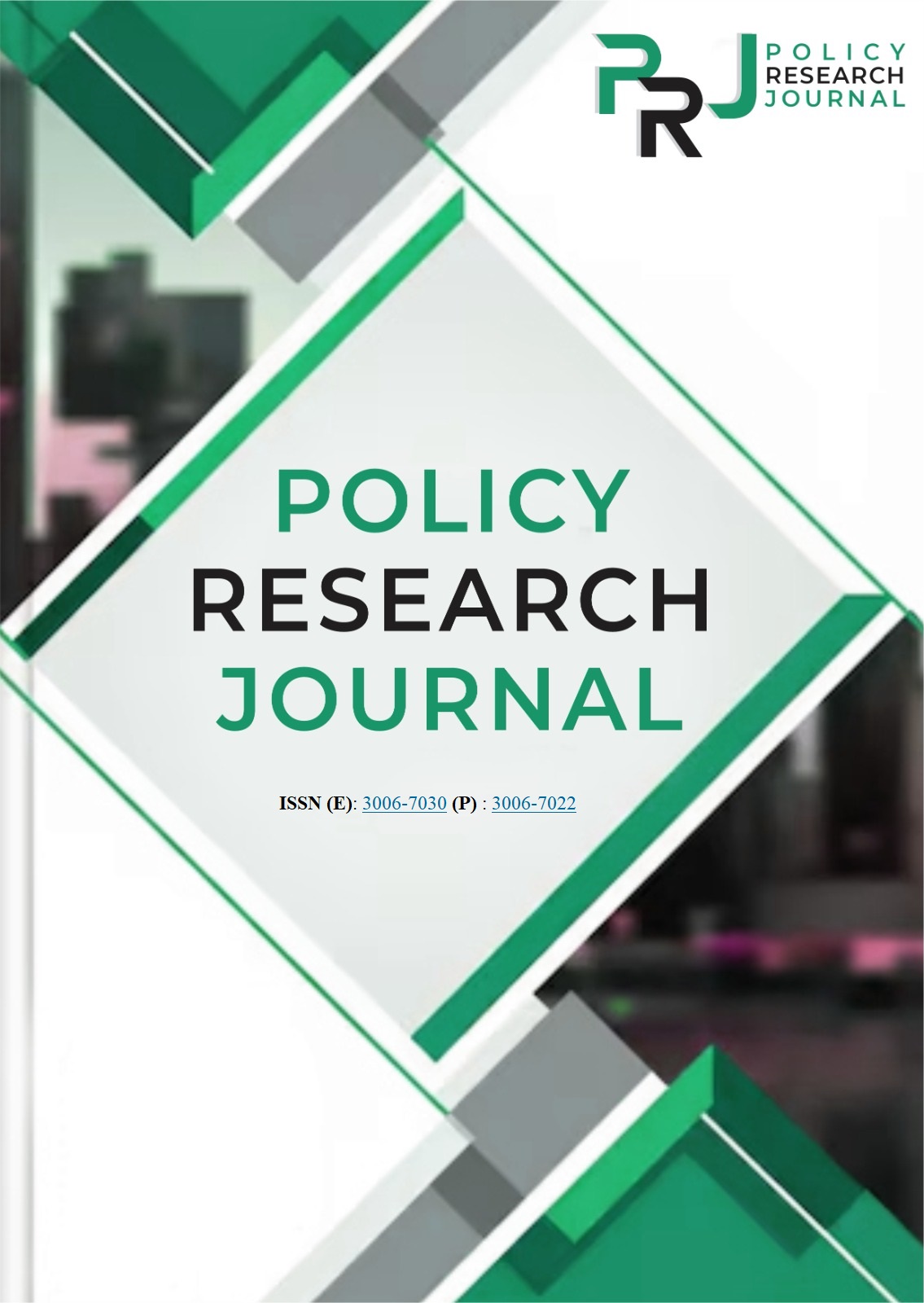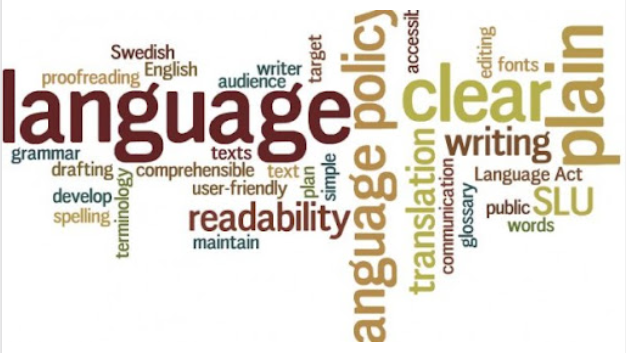EFFECT OF BILINGUAL INSTRUCTIONS ON SECONDARY SCHOOL STUDENTS
Keywords:
Bilingualism, Performance, Positive-outcomes, EducationAbstract
Bilingualism, the ability to communicate in two languages, is an increasingly common phenomenon in today’s globalized world. In schools, instruction and teaching often take place in two or more languages. While this approach can facilitate learning, it may also create challenges in education. Keeping this inview, the present study was designed to examine the impact of bilingual instruction on secondary school students, focusing on the coexistence of English and Urdu—two linguistically and culturally distinct languages. A mixed-methods approach was used, combining quantitative surveys and qualitative interviews with secondary school students. The study involved 116 students from bilingual and monolingual classrooms, assessing their academic performance, cognitive skills, and language proficiency. The study reveals that 62.9% of students prefer using Urdu for classroom explanations, while 37.1% use both English and Urdu. Students feel more comfortable using their mother language (Punjabi or Urdu) for better comprehension. A test conducted after bilingual instruction showed improved understanding. Regarding learning methods, 39% preferred a combination of listening, visual demonstration, and practical engagement, while 32% favored visual learning, 20% preferred teacher-led lectures, and 10% found hands-on practice most effective.

















